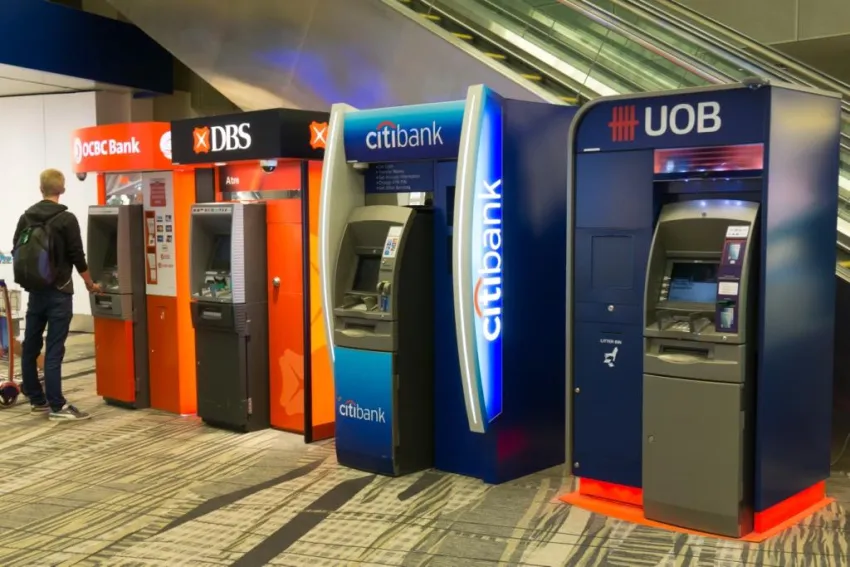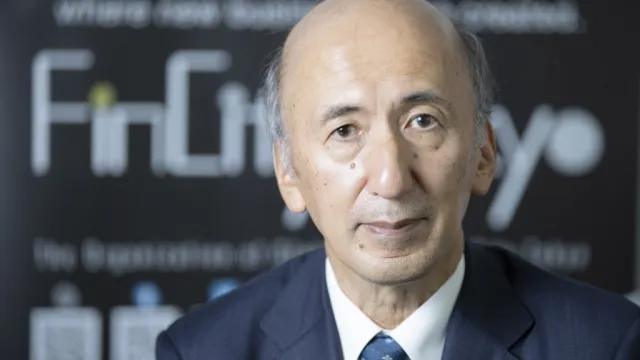
Singapore banks' capital ratios to remain stable over the next 12-18 months
DBS, OCBC and UOB have strong CET1 ratios of 12-14%.
According to Moody's Investors Service, downside risks on profitability will continue over the next few quarters due to elevated credit costs and slower loan growth, somewhat offset by higher interest rates. Profitability metrics are just in line with highly rated global peers, despite the banks' relatively larger exposure to higher yielding emerging markets.
Moody's also notes that strong loss-absorption and liquidity buffers underpin the three banks' resilience to challenging credit conditions, and are critical to maintaining their BCAs at a1.
Here's more from Moody's:
All three -- DBS, OCBC and UOB -- have strong common equity Tier 1 (CET1) ratios of 12%-14%, supported by retained earnings and slow balance-sheet growth, and we expect their capital ratios to remain stable over the next 12-18 months because lower capital utilization from slower business growth will help offset weaker profits.
At the same time, the banks' liquidity will remain robust due to their strong deposit franchises, with loan-to-deposit ratios of around 90%. Relative to highly rated global peers, the Singapore banks exhibit a low reliance on market funding and are thus less exposed to market volatility and refinancing risks.
Moody's further notes that the Singapore government's support for senior creditors will remain strong despite moves towards regulatory bail-in. The scope of bail-in is likely to be limited in Singapore, in contrast to the regulations in the US and EU.
The Monetary Authority of Singapore's current proposal to introduce a bank resolution and bail-in regime excludes all existing and prospective senior debt, customer deposits and interbank liabilities.
Singapore's fiscal buffers have not been affected by the downturn in growth and remain more robust than those of other Aaa-rated peers.




![Lorem Ipsum [ABF 1]](https://cmg-qa.s3.ap-southeast-1.amazonaws.com/s3fs-public/styles/exclusive_featured_article/public/2025-03/a_hand_pointing_to_a_futuristic_technology_5b87c9d0e3_1.png.webp?itok=2w0y1WhS)


![Cross Domain [Manu + SBR + ABF + ABR + FMCG + HBR + ]](https://cmg-qa.s3.ap-southeast-1.amazonaws.com/s3fs-public/styles/exclusive_featured_article/public/2025-01/earth-3537401_1920_4.jpg.webp?itok=WaRpTJwE)







 Advertise
Advertise

